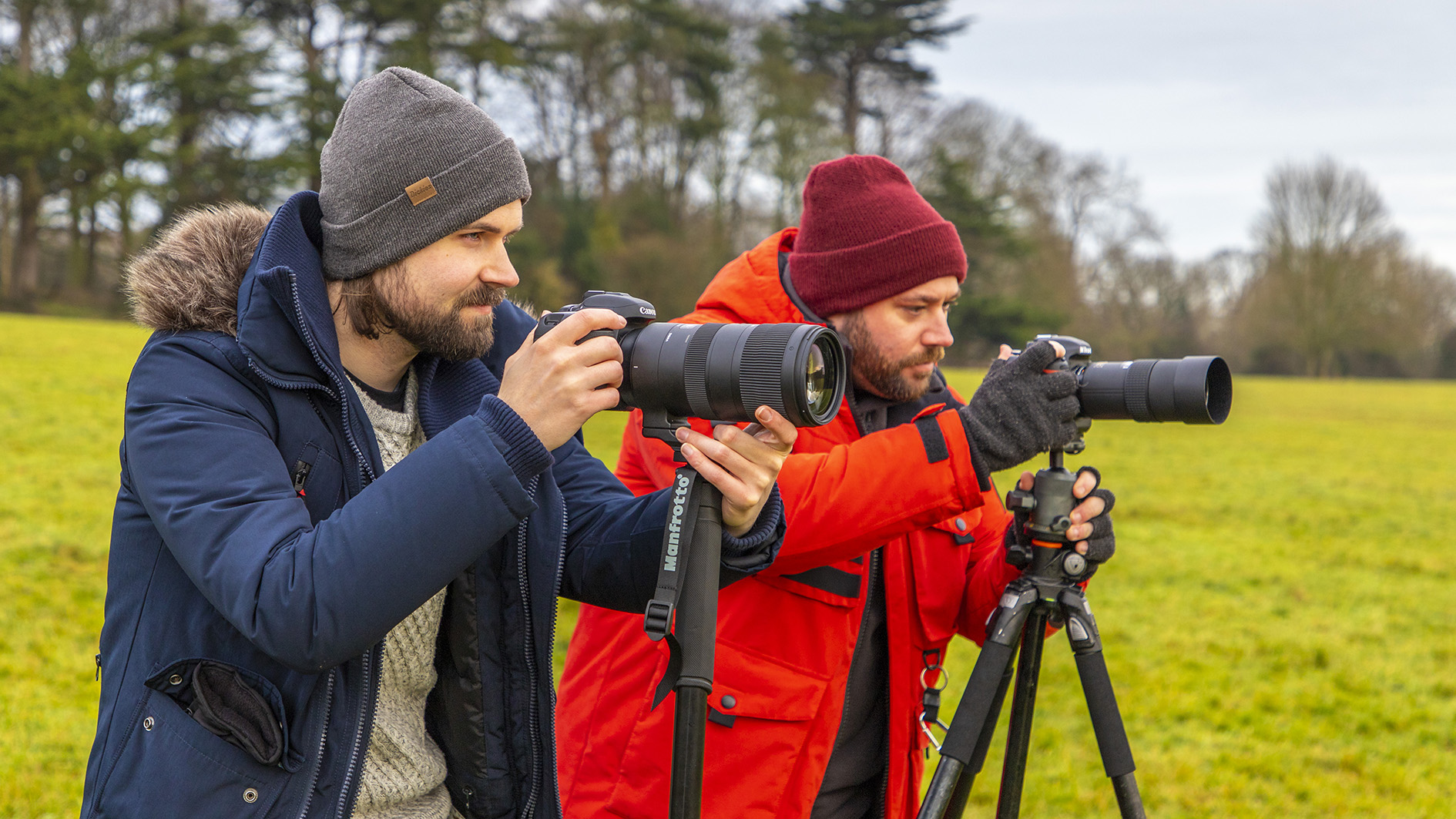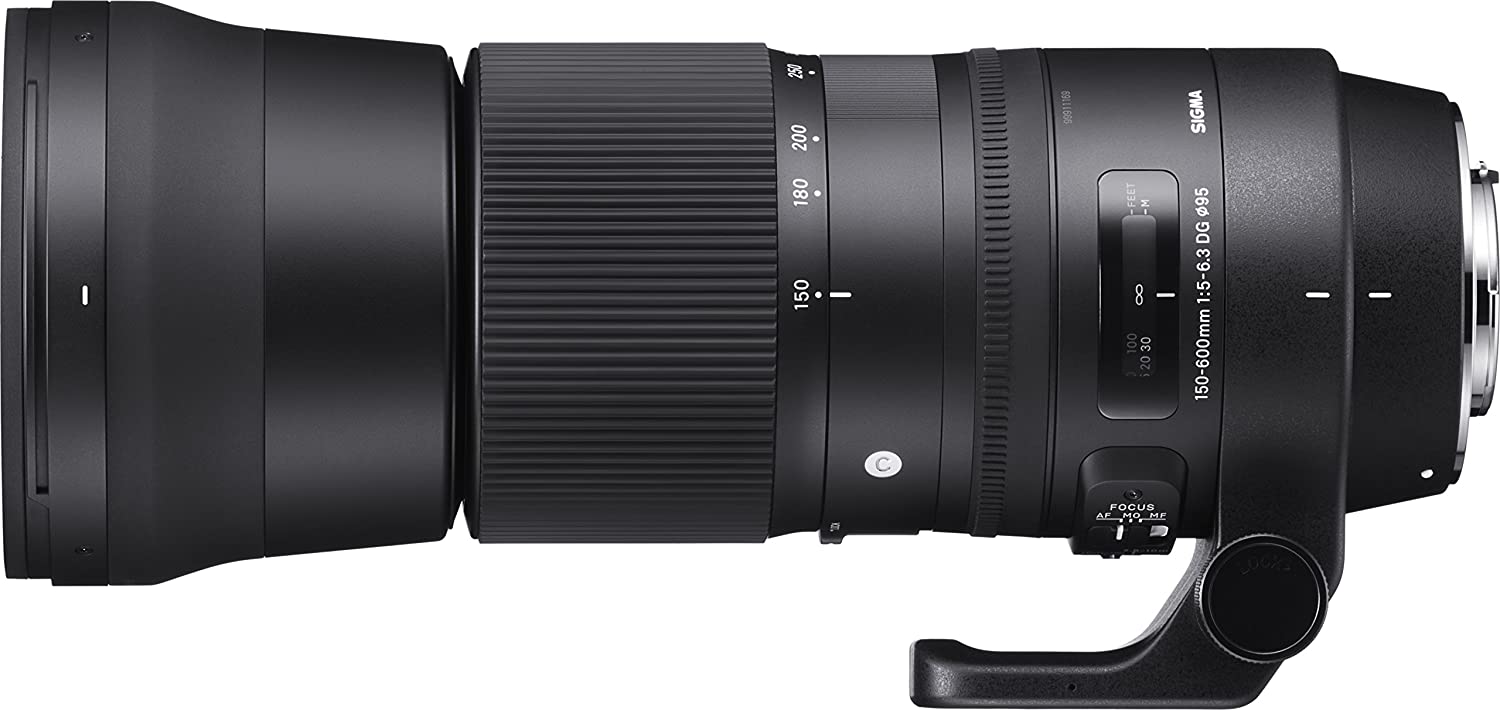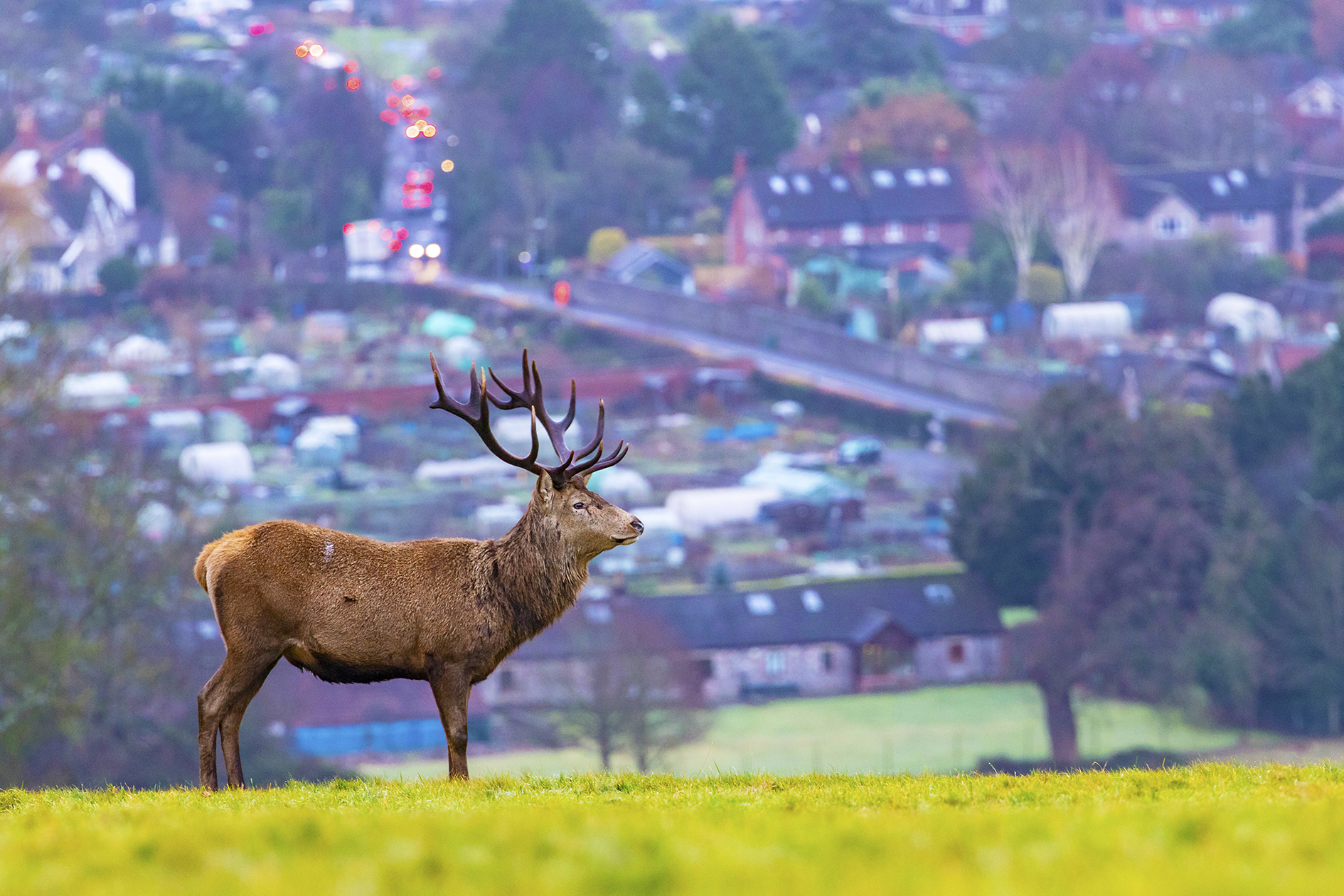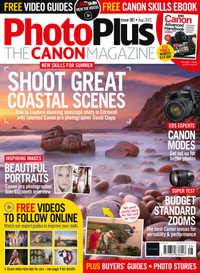
Sigma broke new ground when it launched the world’s first 150-600mm zoom lens back in 2014: the Sigma 150-600mm f/5-6.3 DG OS HSM | Sport. As a writer and reviewer of camera gear at the time, I was excited for this revolutionary new optic. It promised incredible reach compared to the classic 70-300mm telephoto focal range that most amateur and enthusiast photographers are accustomed to.
The Sigma 150-600mm f/5-6.3 DG OS HSM | Sport didn't break the bank, either; with an RRP of 1,500 bucks it brought the promise of a 600mm lens into reach for many enthusiasts.
• See which of the best telephoto lenses is right for you
To otherwise achieve a mighty focal length of 600mm, you might need to spend several thousands. Currently the Canon RF 600mm f/4L IS USM lens costs $13,000 / £14,000 / AU$20,000, so I see can certainly see the appealing pricetag of 150-600mm lenses.
Sigma's iteration was soon joined by Tamron's 150-600mm f/5-6.3 VC USD G1, and later G2 version. Sigma also brought out a 150-60mm Contemporary variant, so there's no shortage of these long lenses to choose from – they're clearly very popular. But I'm here to make my case for why they're probably not your best option…

Let's start with why would you need a 600mm lens to begin with. A lot of photographers want a super-long telephoto lens to bring distant subjects closer, to achieve a frame-filling image.
While 150-600mm lenses do make it possible to achieve a shot of a distant bird, for example, I believe that better pictures could be taken by improving your bushcraft skills and getting closer to your subject with a shorter focal length zoom (or setting up a wildlife hide and letting the wildlife come to you instead).
Get the Digital Camera World Newsletter
The best camera deals, reviews, product advice, and unmissable photography news, direct to your inbox!
The issue with photographing an animal some distance away is that you may start to pick up haze, which reduces image quality. Also the more zoom and reach your lens has, the worse the image quality typically is – that's one of the reasons why 300mm, 400mm and 600mm prime lenses (with a fixed focal length) demand such a high price.
Most of my favorite wildlife shots have been taken with either a 70-200mm f/2.8 or a 300mm f/2.8 lens, so I've rarely needed a 600mm focal length. I will, however, concede that I can see them being useful for astrophotography shots of the moon, nebula or galaxies where it's impossible to physically move closer to the subject. I can also see them being useful for sports, where you're unable to physically get closer to your subject.

The reason that a fast 70-200mm lens or a 300mm f/2.8 are my favorite for wildlife is because of image quality, autofocus speed and the super-wide f/2.8 aperture. Prime lenses in particular are the crème de la crème of camera optics; with no zoom mechanism you have to "zoom" with your feet, but the advantage is that manufacturers can finesse and fine-tune the image quality and autofocusing so that they're both razor-sharp and lightning-fast.
Finally, let's talk about apertures. The vast majority of 150-600mm lenses have a variable aperture of f/5-6.3; this means at the widest focal length of 150mm the maximum available aperture is f/5, closing down to f/6.3 at the 600mm mark. Both these maximum aperture options are considerably slower than a 70-200mm or 300mm f/2.8. In fact, f/5 is 1⅔ of a stop slower than f/2.8, and f/6.3 is 2⅓ slower.
While this is problematic on its own, as a smaller aperture with less light flow results in slower shutter speeds or boosting the ISO (which can degrade image quality), the main issue is depth of field. A narrower aperture of f/5-6.3 makes it much more difficult to blur backgrounds into a diffused wall of bokeh, which helps your subject stand out and will make your images look more professional.

I'd never be one to stifle innovation, and I can appreciate that these 150-600mm lenses do have their merits: they're great for astro work, shooting the moon or telephoto landscapes where you don't need a fast aperture.
But I've seen these lenses become popular with sports and wildlife photographers, and I personally think the money would be better put towards 70-200mm f/2.8 or a 300mm f/2.8 (or even f/4 versions if you're on a tight budget). If you look on the second-hand market they're pretty comparable in price, too, especially for older variants of these lenses for your specific camera mount.
Of course, you're free to make your own mind up and buy whatever kit works best for you – and if you love using your 150-600mm lens then please don't let me stop you. However, if you own one and find the image quality not quite razor sharp, or the autofocus not fast enough, or the narrow apertures and depth of field too restricting, then hopefully now you understand why that is – and which lenses to look at upgrading to.
One final thing to note: it's worth remembering that you can extend your reach further by using a camera body with an APS-C or cropped sensor camera body, too. So a 300mm lens would become 450mm on a Nikon or Sony APS-C (with their 1.5x crop factor), or 480mm on a Canon APS-C (as they have a 1.6x crop) or 600mm on an Olympus or Panasonic Micro Four Thirds camera (with their 2x crop). So changing your camera body is another way to add some crucial reach, if needed.
PhotoPlus: The Canon Magazine is the world's only monthly newsstand title that's 100% devoted to Canon, so you can be sure the magazine is completely relevant to your system. Every issue comes with downloadable video tutorials too.
Check out the best lenses for bird and wildlife photography, along with the best cameras for wildlife photography, as well as our wildlife photography tips to get the most of your scenic shots.

Deputy Editor on PhotoPlus: The Canon Magazine, Dan also brings his technical wizardry and editing skills to Digital Camera World. He has been writing about all aspects of photography for over 10 years, having previously served as technical writer and technical editor for Practical Photography magazine, as well as Photoshop editor on Digital Photo.
Dan is an Adobe-certified Photoshop guru, making him officially a beast at post-processing – so he’s the perfect person to share tips and tricks both in-camera and in post. Able to shoot all genres, Dan provides news, techniques and tutorials on everything from portraits and landscapes to macro and wildlife, helping photographers get the most out of their cameras, lenses, filters, lighting, tripods, and, of course, editing software.

